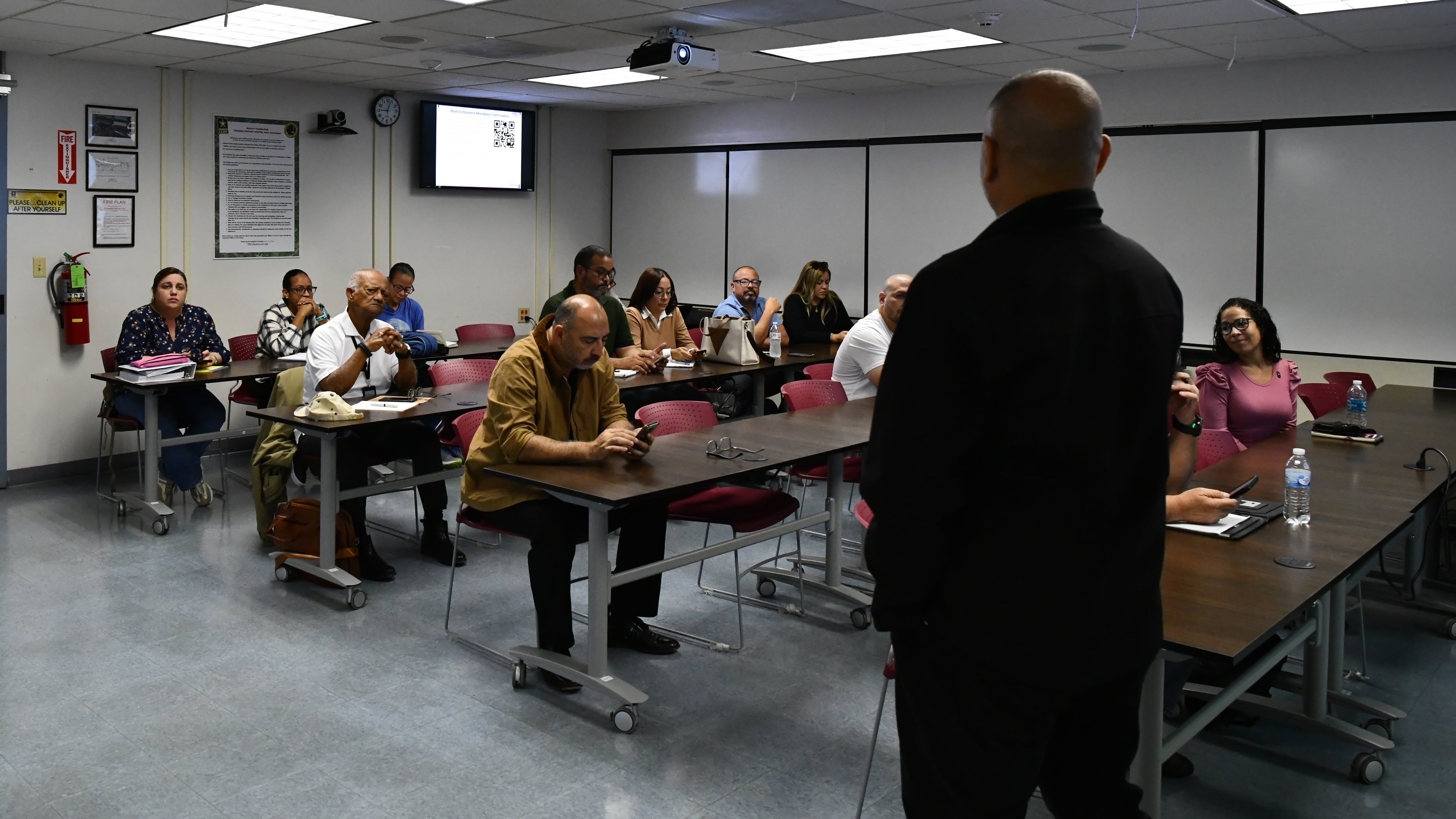The sailors of the USS Pennsylvania football team were suited up. Although partially cloudy, the temperatures hovered around a balmy 71 degrees Fahrenheit, promising decent weather for what was dubbed the “Super Bowl” of the Navy.
Their opponents from the USS Arizona were donning similar gear and readying for a scrimmage, before the 1:00 p.m. fleet championship, when the first Japanese bomb struck the USS Oklahoma in Battleship Row, Oahu, Hawaii.
The date was Dec. 7, 1941, and unbeknownst to the Americans on the ground and at sea, they were at war.
Among those men suited up to face off with the crew of the USS Arizona was Michael “Mickey” Ganitch, the USS Pennsylvania’s quartermaster.
But as the first Japanese planes swept over Pearl Harbor, Ganitch’s focus shifted from the gridiron to the skies. The sailor scrambled up to his battle station — the crow’s nest of the USS Pennsylvania — pads and all.
“I had all my padding on. They couldn’t hurt me there! I was well protected with all my padding on except my helmet and spikes,” Ganitch recalled in an interview with the American Veterans Center.
“From his vantage point above the super-dreadnought battleship and dressed in full football pads, Ganitch served as a lookout, spotting Japanese bombers and Zeros in what might have been the most American moment of the Pearl Harbor attacks,” Mac Caltrider wrote in Coffee or Die Magazine.
As fate would have it, the USS Pennsylvania — the flagship of the fleet — was experiencing propeller issues and had gone into dry dock the day before the infamous attack.
Because of this, the 31,400-ton battleship largely went unnoticed in the first few moments of the assault, and in the 10-minute lull between the first and second wave, Ganitch and his fellow sailors ditched their football gear and donned their uniforms.
“I wasn’t well protected during that second attack,” Ganitch quipped.
From his high vantage point, Ganitch watched as a Japanese Nakajima B5N torpedo bomber dropped a 500-pound bomb onto the ship’s deck, missing him by a mere 45 feet, according to Caltrider.
The bomb pierced two decks below before exploding. Fifteen men were killed and 14 were listed as missing in action.

“If it had exploded on contact, I wouldn’t be here talking to you,” Ganitch told the American Veterans Center.
Despite the first attack, the USS Pennsylvania fought throughout the day, with its crew aiding in the anti-aircraft fight, providing damage control to other crews and ships and fighting fires in the dry docks.
Due to its relatively light damage, the Pennsylvania was one of the first battleships out patrolling the Pacific. It holds the distinction of serving at Attu, Kiska, the assault on the Gilbert Islands, Kwajalein and Eniwetok, Saipan, Tinian, Guam, Leyte Gulf, Lingayen Gulf and Okinawa.
The USS Pennsylvania was also the last major Navy ship to be hit during World War II, when it was seriously damaged by a Japanese aerial torpedo off Okinawa on Aug. 12, 1945, making the vessel one of the first and last American ships hit during the war.
According to his 2022 obituary, Ganitch remained on the “Pennsy” through it all, up to and including witnessing the ship serve for target duty during the July 1946 Bikini atomic bomb testing.
Ganitch went on to outlive the USS Pennsylvania, serving aboard the USS Mt. Katmai during the Korean War before retiring from the Navy on Oct. 10, 1963.
This story originally appeared on HistoryNet.com.
Claire Barrett is the Strategic Operations Editor for Sightline Media and a World War II researcher with an unparalleled affinity for Sir Winston Churchill and Michigan football.





